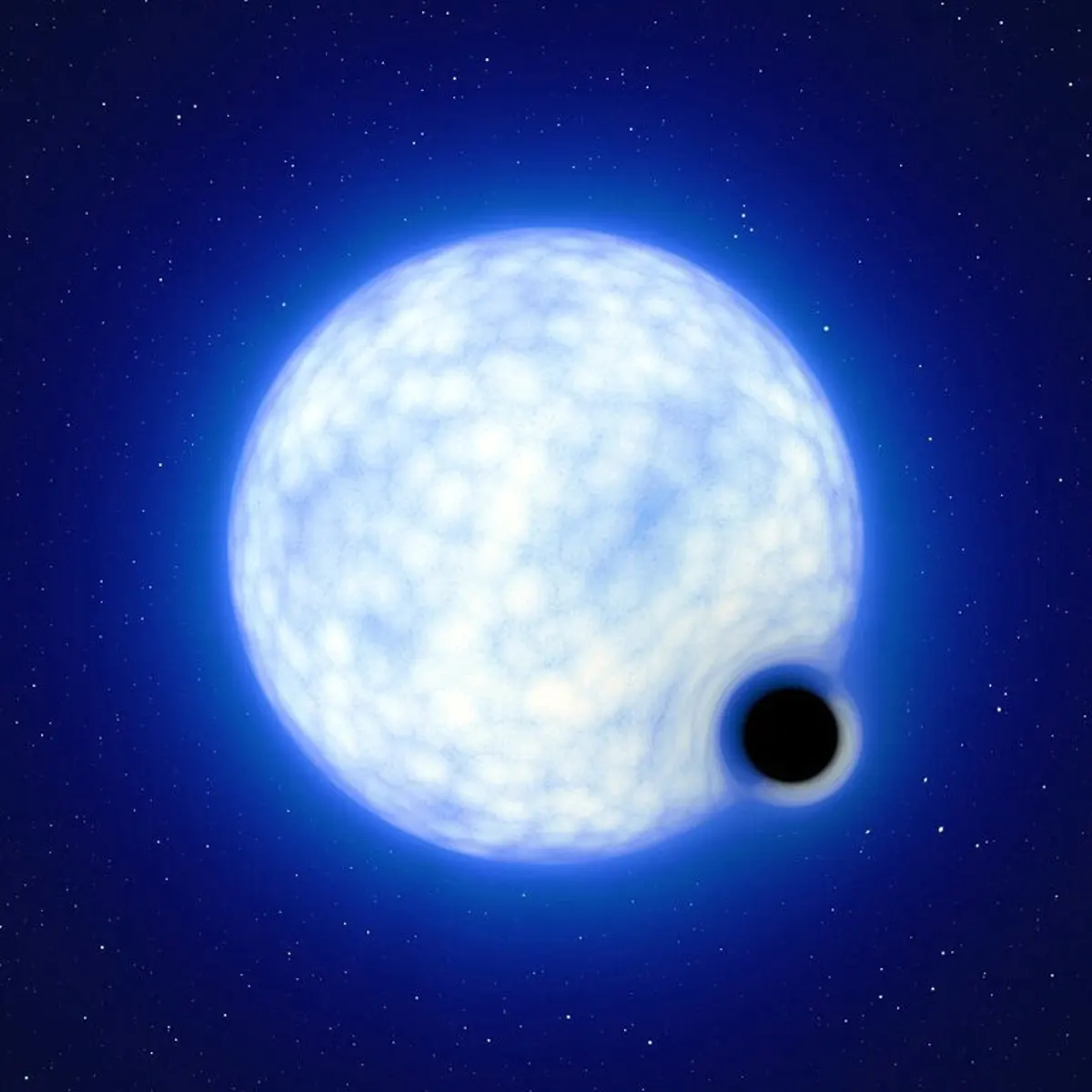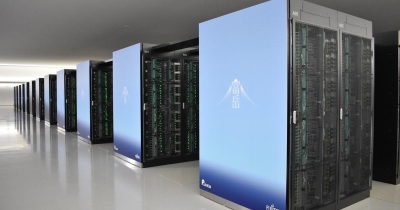WHAT DO WE KNOW ABOUT THE NEW DORMANT BLACK HOLE?

Scientists have achieved yet another historic feat by discovering a dormant black hole. It is for the first time that a dormant stellar-mass black hole orbiting a star has been detected in a nearby galaxy.
This new black hole is nine times the mass of the Sun and revolves around a blue star in the nearby Large Magellanic Cloud galaxy. Researchers have termed it "the first to be unambiguously detected outside our galaxy". The binary system has been christened VFTS243. This finding is cardinal because it will help us get more insights into what happens during the death of a star and how black hole pairs are formed.
Astrophysicist and the lead author of the new study Tomer Shenar remarked that they have found a 'needle in a haystack. The study was published in the Nature Astronomy journal.
How it was detected
In a binary system, two stars revolve around each other and when a star dies, it will lead to a black hole in orbit with the other companion star. Scientists detect black holes from the X-ray radiation they emit as they feed on the companion star.
In this case, the scientists found a massive star orbiting something that couldn't be observed.
Following further studies, scientists found out that it was a dormant black hole.
The stellar mass black holes are formed when a massive star dies and collapses in a supernovae explosion. But strangely, in this particular case, the star that led to the formation of the black hole in VFTS 243 went away without any explosion and literally vanished into a black hole. Scientists have termed it a direct-collapse scenario. This has led scientists to understand that all stars do not end their lives in supernova explosions and it gives insight into how black hole pairs are formed.
What is a Black Hole?
A black hole is a celestial body that has an immensely huge gravitational pull, so huge that nothing escapes it. Not even light can escape it! The black hole grows by accumulating matter that falls in it. An image of a black hole was captured for the first time in 2019.
What is the size of a Black Hole?
The tiniest black hole can be as tiny as an atom but it can have the mass of a huge mountain. The other is the stellar black hole and these can have a mass of more than 20 solar masses, which is 20 times more mass than our sun. And the biggest black holes are christened supermassive. Sagittarius A is a supermassive black hole.
How are Black Holes formed?
Black holes are formed at the end of the life of a big star. When a massive star, say one having more than 20 solar masses, collapses after its nuclear fuel depletes, it will collapse onto itself and become a black hole. This collapse leads to a supernova and a part of the star gets blown off into space.
So will our Sun turn into a Black Hole?
The Sun cannot turn into a black hole. For us, the Sun is big, but on a celestial scale, it is too small to collapse into a black hole! So, our Sun will only turn into a white dwarf.
Picture Credit : Google
